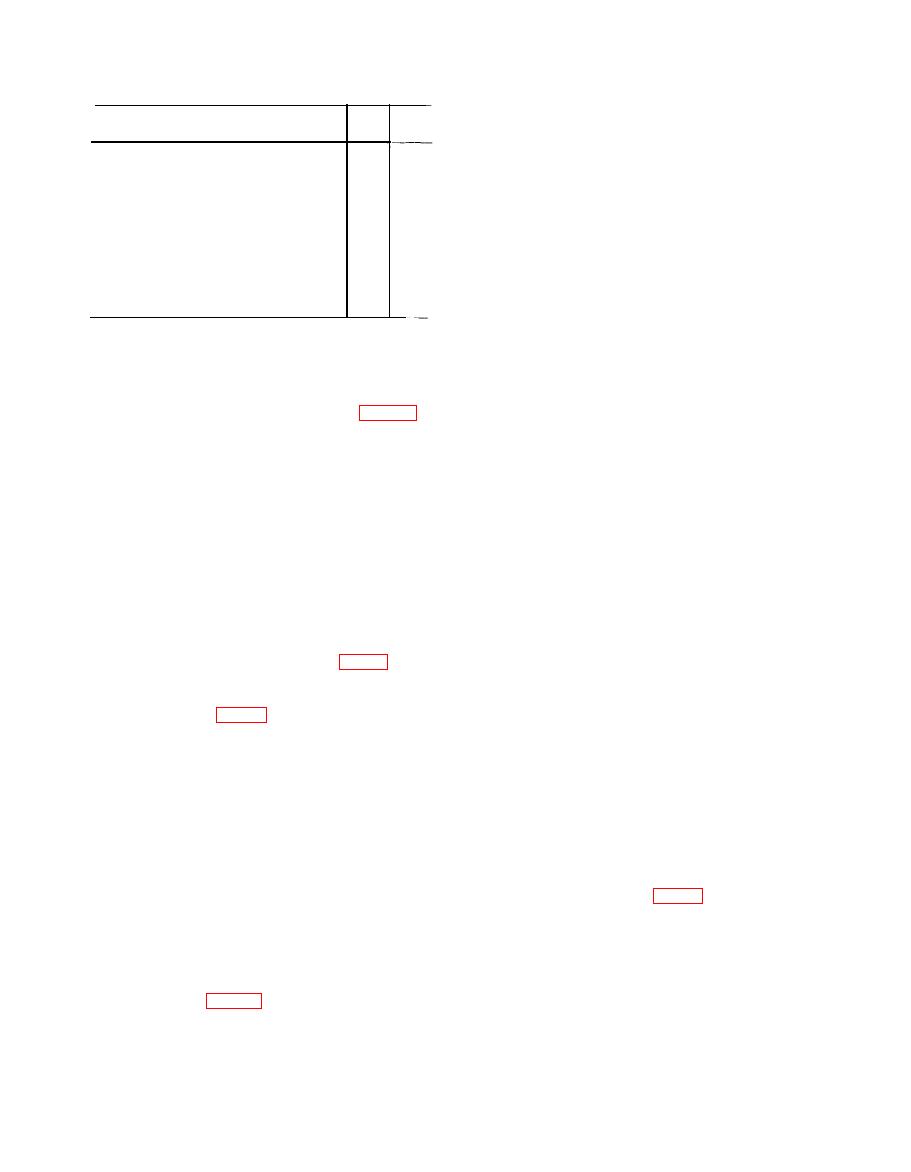
detail and better half-tone reproduction
Speed
than that obtained by direct recording
Index
Standard
(rpm)
are necessary, use the positive photo-
graphic recording method. Copy re-
576
60
Facsimile Transceiver TT-1(*)/TXC-1 . ..
264
90
Facsimile Transceiver FX-1-( ) . . . . . . . . .
ceived by this method requires photo-
290
Acme .... . . . . . . . . . . . . . . . ..
100
graphic processing before it can be used.
380
100
Associated Press . . . . . . . . . . . . . . . . . . . . . . . .
(3) Negative photographic recording. When
CCIT and CCIR (Consultive Committee
maximum quality of a photograph is
on International Telegraph and Consul-
264
required, use the negative photographic
90
tive Committee on International Radio).
352
60
CCIT and CCIR . . . . . . . . . . . . . . . .. . . .
recording method. Copy received by
264
90
International News Service . . . . . . . . . . . . .
this method requires photographic proc-
254
Western Union . . . . . . . . . . . . . . . . . . . . . .
180
essing and positive prints can be made
from the negative.
b. Circuits.
(1) If a wire circuit is used between a trans-
mitting transceiver and a receiving trans-
a. Initial Operation.
ceiver, be certain that connections are
(1) Cut the copy to be transmitted to a size
no larger than 12 by 18 5/8 inches. Keep
correct for the quality of line (par. 15).
(2) If a radio circuit is used, and Converter
the actual message for transmission to 12
CV-2C/TX is in the circuit between
x 17 inches for both photographic and
facsimile transceiver and radio transmit-
direct recording.
ter, the transceiver talk-back circuit will
(2) Fasten captions on the copy to be trans-
not function.
mitted with scotch tape or write them
c. Type of Transmission. Adjustment of the
on the copy with either ink or pencil.
transmitting transceiver will depend on the type
(3) Throw the power ON-OFF switch of the
of transmission being made and the type of re-
transceiver to the ON position. Turn
ceiving process in use. Coordination is necessary
the selector switch to the SET RANGE
between transmitting and receiving operators.
position. Wait for the high-pitched
Transmission can be either positive or negative.
1,800-cycle tone. (There is no audible
In positive transmission, black portions of the
tone when the selector switch is in
copy are transmitted as high-level signals which
STANDBY position and the STAND-
print at the receiving end as black (fig. 21). In
BY-MON-TALK switch is in the
negative transmissions, white portions of the copy
STANDBY position.) Normally, a 10-
are transmitted as high-level signals which print
minute warm-up period should be allowed
on the negative (fig. 21). The relative signal
before transmitting. The dust removal
levels are indicated by the DB METER on the
blower ON-OFF switch should be in OFF
transceiver. The kind of copy being sent and the
position when the equipment is in use as
use to be made of the copy at the receiving end
a transmitter.
determine whether transmissions should be nega-
(4) Press backward on the engaging lever,
tive or positive.
on the left end of the drum mechanism,
d. Type of Reception.
to disengage the drum from the lead
(1) Direct recording. When the time element
screw. Push the drum to the right-hand
is important, use the direct recording
end of the lead screw. Turn the drum
method. Slight loss of detail and fidelity
so the clamping bar is on top.
of half tones (shades of gray between
white and black) must be tolerated. Copy
(1) Raise one edge of the clamp bar by turn-
received on Teledeltos or Timefax NDA
ing the knob on the right end of the drum
paper is ready for immediate use; copy
to its clockwise position. Place the
received on Time fax A paper permits
lower edge of the copy, face up, under
making duplicates by the gelatin pad
the rear edge of the clamp bar. Turn
method (par. 29) in a very short time.
the knob to its counterclockwise position
(2) Positive photographic recording. When
to set the clamp and open its other edge.
only one copy is needed and when finer
Revolve the drum, wrapping the copy


